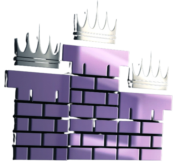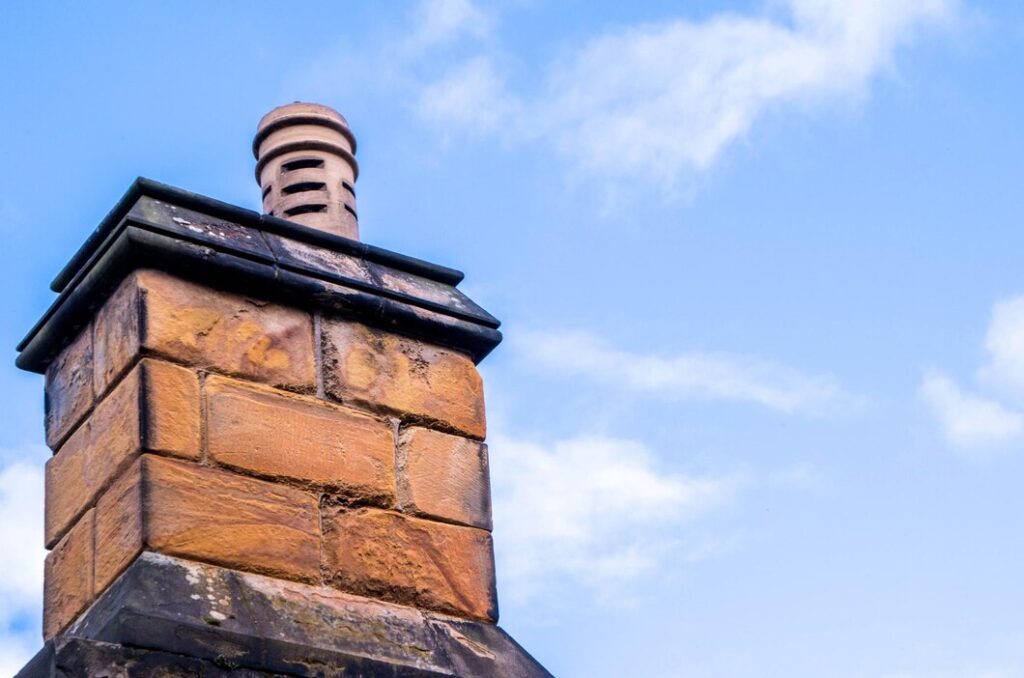Nestled between the swinging temperatures of spring and the charm of historic homes, Wilmington offers a mix of old-world appeal and modern life. For homeowners here, ensuring their chimney setup is up to the challenge of Wilmington’s changing weather is key. Chimney maintenance might not always be top of mind, but it plays a huge role in keeping your home safe and warm. One critical component demanding attention is the chimney lining. Over time, wear and tear can sneak up, making it important to check for early damage signs.
Spotting the beginnings of damage in your chimney lining can prevent bigger headaches down the road. Ignoring small issues like cracks or unusual smells could lead to costly repairs. So, understanding these early indicators is your best defense. Luckily, with some basic knowledge and a keen eye, you can easily detect these signs before they escalate into larger problems.
Understanding Chimney Lining and Its Functions
Every chimney comes with a hidden hero: the chimney lining. This inner layer guards the chimney structure from the intense heat and corrosive chemicals produced during combustion. Think of it as a barrier that shields the house from potential hazards. Without it, the risks of fire, structural damage, and harmful gases seeping into the home increase significantly.
Chimney linings also:
– Keep the chimney structure from deteriorating quickly.
– Protect against moisture, which can cause the chimney materials to break down.
– Assist in guiding smoke and gases safely out of the home.
Properly installed and maintained chimney linings ensure that the fireplace operates efficiently. They serve as the backbone of safe and effective chimney use. Skipping regular inspections might allow small problems to grow unnoticed. By understanding its role, you have the power to recognize when things start going awry.
Visible Cracks and Wear
One of the clearest signs of trouble in your chimney lining is visible cracks. These cracks can develop due to various reasons such as heat stress, age, or even slight earth movements. Regular wear over the years can lead to these vulnerabilities, which, if left unchecked, might widen and cause more significant damage.
Here’s how to spot them:
– Inspect the chimney’s exterior closely for any obvious cracks or breaks.
– Look inside the fireplace with a flashlight for signs of crumbling or flaking material.
– Notice any loose debris falling into the fireplace.
Cracks don’t just compromise the integrity of the chimney; they pose safety risks too. They can let harmful gases escape into the living area or allow moisture to seep in, leading to mold growth and further structural damage. Addressing these issues early not only safeguards your home but also saves on potentially expensive repairs in the future.
Unexplained Fireplace Odors
Unusual smells coming from your fireplace should raise a red flag. These odd scents often signal an issue with the chimney lining. When a lining starts to deteriorate, it can cause unpleasant odors to enter your living space. These can be musty smells, hinting at moisture seeping through cracks, or the stench of soot and creosote buildup. Sometimes, you might notice a burnt, smoky odor even when the fireplace isn’t in use.
Here’s what to look for:
– Strong burn smell even when not using the fireplace.
– Musty, damp odors that indicate potential water damage.
– Odd chemical smells that shouldn’t be present.
These smells aren’t just annoying; they can point to more serious problems like mold growth or chimney fires. If you’re sniffing out unusual scents, it might be time to have your chimney checked by a professional to assess and resolve any underlying lining issues.
Smoke Issues and Poor Draft
A healthy chimney shouldn’t puff smoke back into your home. When your fireplace isn’t venting smoke properly, this can be a clear sign of a liner issue. The chimney lining directs smoke up and out of the house. But if it’s compromised, smoke can drift back in, causing irritation and potential respiratory issues.
Look out for these signs:
– Smoke lingering inside instead of exiting properly.
– Difficulty getting a fire to burn cleanly without smoke pouring out.
– Noticing drafts near the fireplace when not in use.
These signs suggest that the lining might be damaged or blocked, which affects its functionality. Addressing this quickly is vital to ensuring the safety and comfort of your home.
Debris and Soot Buildup
Excessive debris and soot around your fireplace can indicate a lining malfunction. With a compromised lining, soot builds up more rapidly, creating potential fire hazards and affecting air quality. Regular assessments can help spot this issue early and mitigate risks.
Consider these points:
– Excessive soot clinging to the walls or mantelpiece.
– Large chunks of debris falling into the hearth.
– Increased residue post-cleaning indicating rapid buildup.
Frequent buildup means there’s likely an issue with how well your chimney’s lined. Routine maintenance helps catch these signs so you can take action before bigger problems develop.
Wrapping Up the Signs
Chimney lining issues can start small, like unusual odors or a bit of debris. But these signs can quickly spiral into more significant problems. Recognizing these early indicators is a proactive measure to protect your home and maintain a safe environment.
Professional evaluation of your chimney lining not only ensures effective ventilation but also peace of mind. Regular check-ups and routine maintenance are smart ways to catch and address problems before they escalate, keeping everything running smoothly and safely.
To ensure your chimney remains in good condition, addressing lining issues early is crucial for your home’s safety and efficiency. If you’ve noticed any of the signs mentioned, don’t wait for things to get worse. Explore our reliable chimney relining service in Wilmington with Triple Crown Chimney Solutions. We are here to help you maintain a safe and efficient fireplace and chimney structure in your home.

